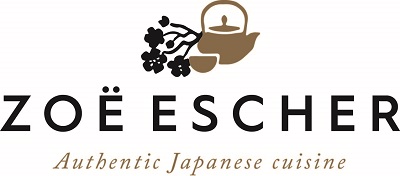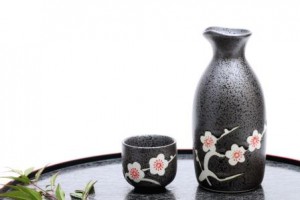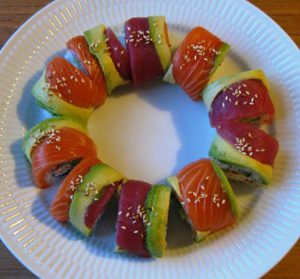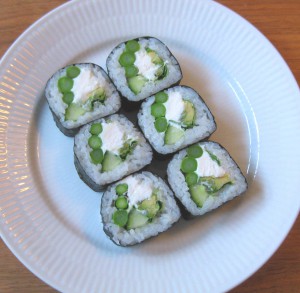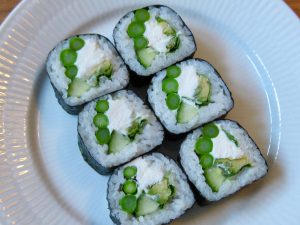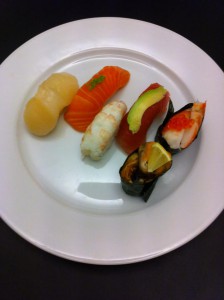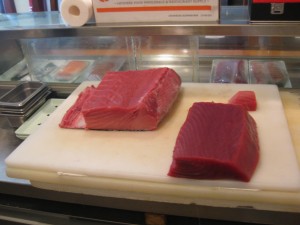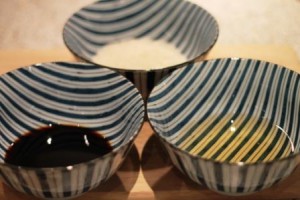 Without a doubt yes.
Without a doubt yes.
Ingredients have different flavors and taste according to the world they come from. The fewest are aware that Japan, Korea and China produce seaweed to sushi.
Here I think the variety used to produce the tang, the taste and the quality. The same applies when it comes to pickled ginger, soy sauce and vinegar.
Sushi is a nice and delicate eating so it is worth paying to buy ingredients that emphasize the fine shades of the food without dodging or dominating.
Read more about Sushi course for beginners
_
Zoë has held sushi courses and cooking classes for A. P. Moller – Maersk, Hugo Boss Nordic, Novo Nordisk, Novartis, Velux, Gorrissen Federspiel, Beierholm revision, Elbek & Vejrup and many more.
